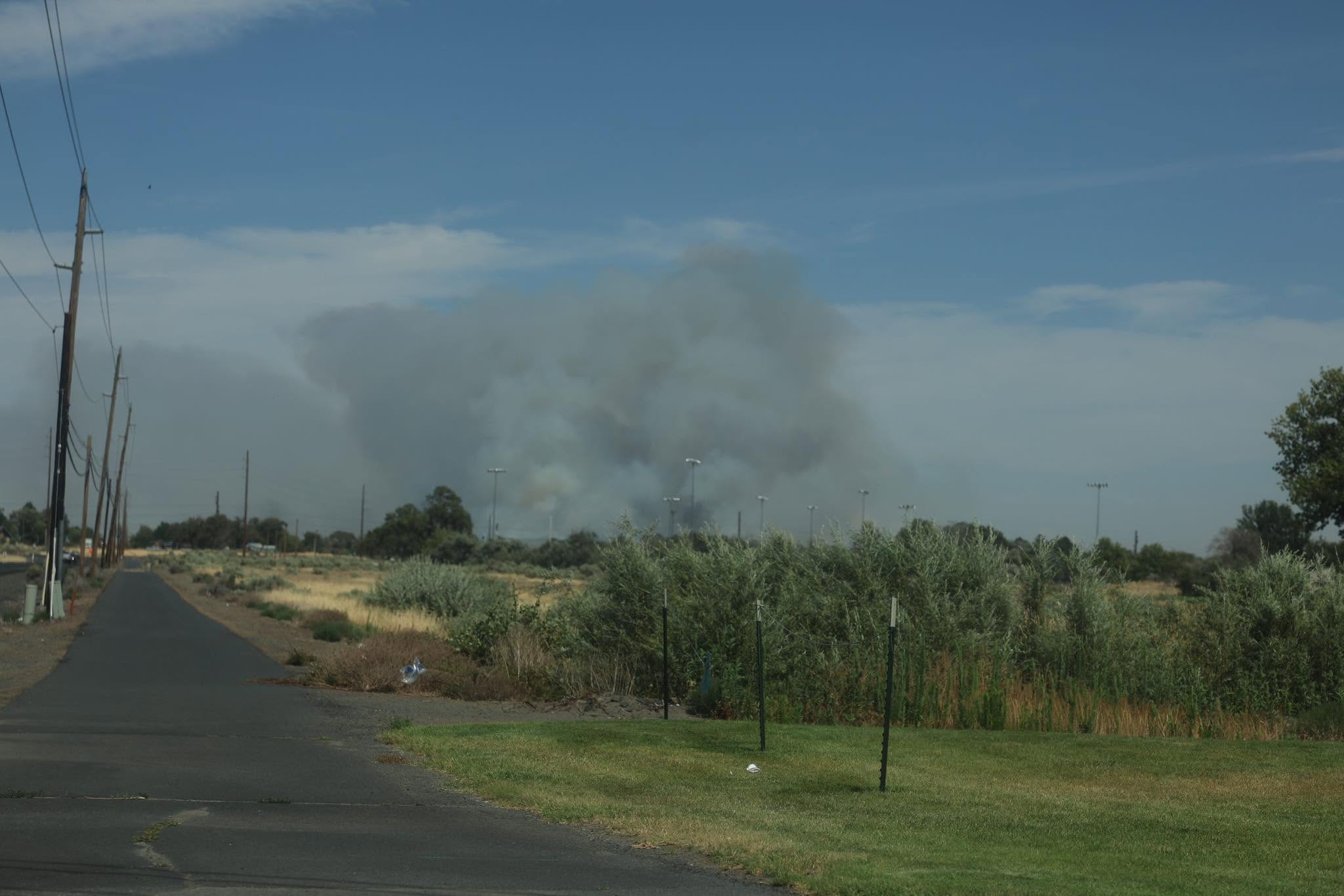Baker County to use cellphone data to track tourism, guide marketing campaign
Published 6:50 am Thursday, January 23, 2025

- The National Historic Oregon Trail Interpretive Center near Baker City includes exhibits depicting the journey along the Oregon Trail.
BAKER CITY — Jessica Hobson is eager to start mining cellphone data to better understand tourists who visit Baker County — where they live, where they went during the trip, and how long they stayed in the county.
Hobson is the county’s tourism marketing director, working under the Travel Baker County moniker.
On Jan. 22 the Baker County Board of Commissioners voted 3-0 to hire a Utah company, Datafy, for a one-year contract for $20,500. The money comes from a local lodging tax that guests pay when they stay in motels, bed and breakfasts, vacation rental homes and other overnight accommodations.
Hobson said Datafy uses data from cellphones — there is no personal information, such as phone owners’ names — to create a variety of reports.
The basic idea, she said, is to better understand tourism in Baker County, and to use that insight to guide the county’s marketing campaigns.
For instance, certain destinations, such as Hells Canyon, the Sumpter Dredge, the Oregon Trail Interpretive Center and downtown Baker City, might tend to attract a higher percentage of visitors who live at least 50 miles from Baker County.
Hobson said she can use Datafy reports compare events as well as destinations, such as Miners Jubilee, the Taste of Baker and the Sumpter flea markets.
Datafy tracks cellphones based on where the phone is registered, Hobson said, so she can get reports that, for instance, show how many visitors to a Baker County destination or event are from particular areas such as Portland, Seattle or Boise.
“There’s so many different options,” Hobson said. “I’m excited to just jump in and start getting data.”
Datafy records date to 2017, she said, which allows her to track tourism over several years, including before the pandemic.
The reports should allow the county to focus its marketing funds — the money also comes from the lodging tax — on places where residents are known to travel in the county.
Hobson said the data also can help gauge the number of people from outside Baker County who visit particular places, such as Quail Ridge Golf Course and Geiser-Pollman Park.
Commissioner Christina Witham, during a discussion among commissioners last year about a request to spend lodging tax revenue to help install a new irrigation system at the city-owned golf course, said that without detailed data about how many visitors the course attracts, it’s difficult to estimate how much the course benefits the local economy, and in particular businesses such as motels and restaurants. Witham voted against a motion to give $150,000 in lodging tax revenue to Quail Ridge. The motion passed, however, with Commission Chairman Shane Alderson and Commissioner Bruce Nichols voting in favor.
Hobson said reports from Datafy should help answer Witham’s question about the golf course, as well as other destinations, and events, in the county.
Hobson said she can get some types of reports on her own. But she also will have a dedicated employee at the company who can create more detailed reports at her request.
Hobson said her ultimate goal is to keep tourism growing in Baker County.
After a downturn during the pandemic, the county’s lodging tax revenue has risen to a record high of $954,000 for the fiscal year that ended June 30, 2024.
From 2006-19, annual revenue ranged from $385,000 to $576,000, with an average of $439,000.
Guests at motels, recreational vehicle parks, vacation rental homes, campgrounds and other lodging establishments pay a tax of 7% of the rental rate.
(The state assesses a separate lodging tax of 1.5%.)
The county tax is collected in Baker City, Halfway, Sumpter and Unity, and in unincorporated parts of the county. About 60% of the total tax is paid by guests at establishments in Baker City, which has the bulk of the county’s motel rooms and many of its vacation rental properties.
Through the first three months of the current fiscal year — July, August and September 2024 — lodging tax revenue was up 6.7% from the same period a year earlier, putting revenue on pace to set a record high for the fourth straight fiscal year.









